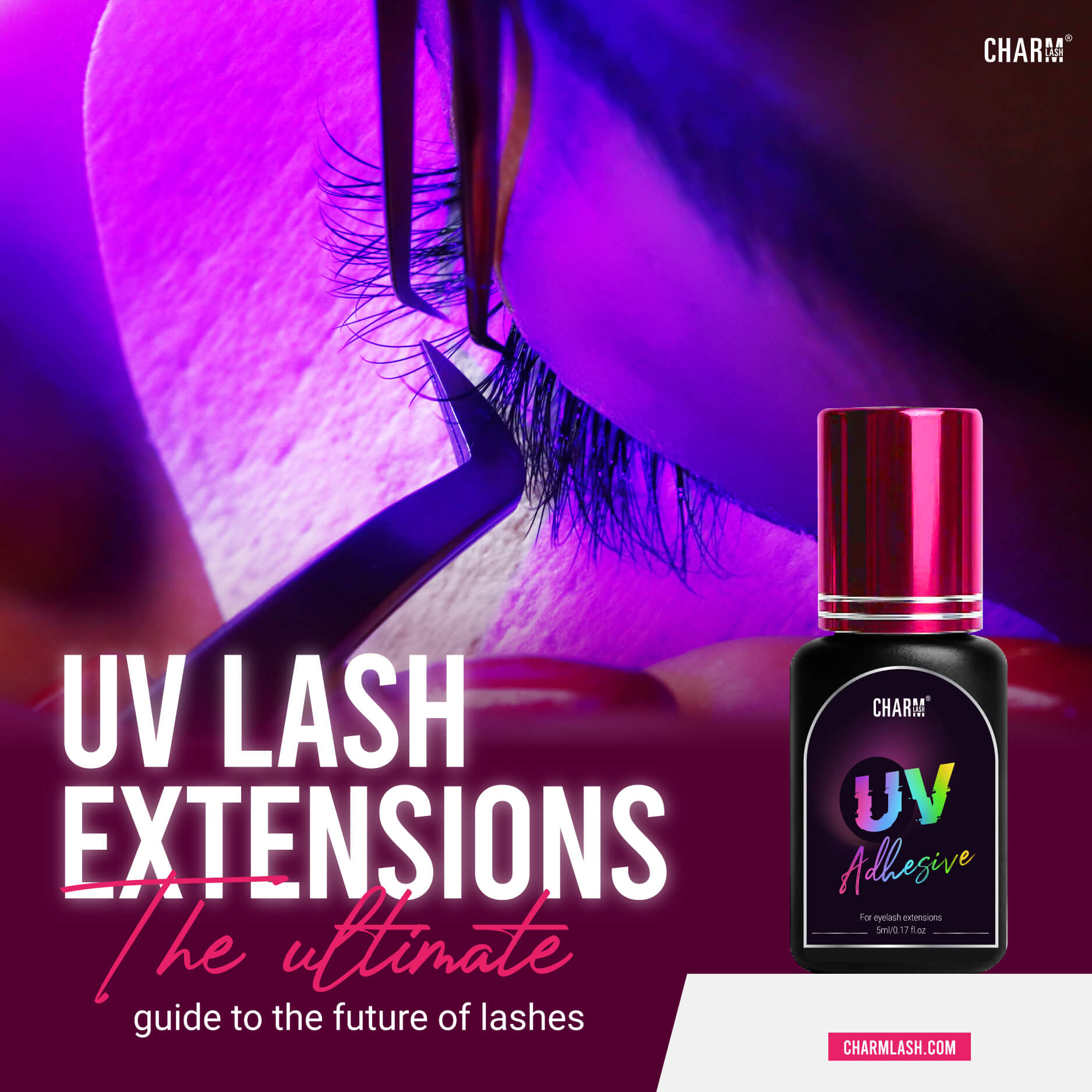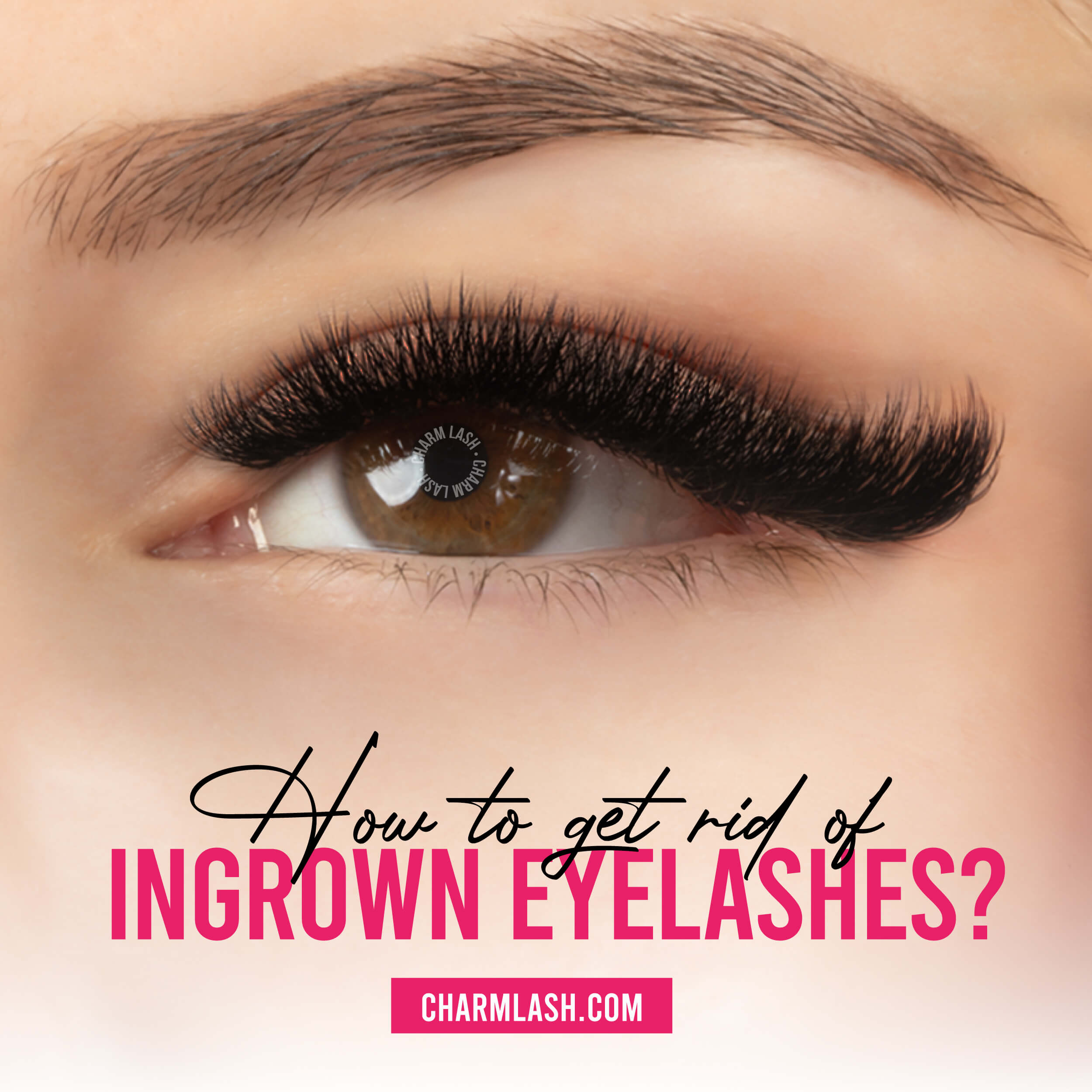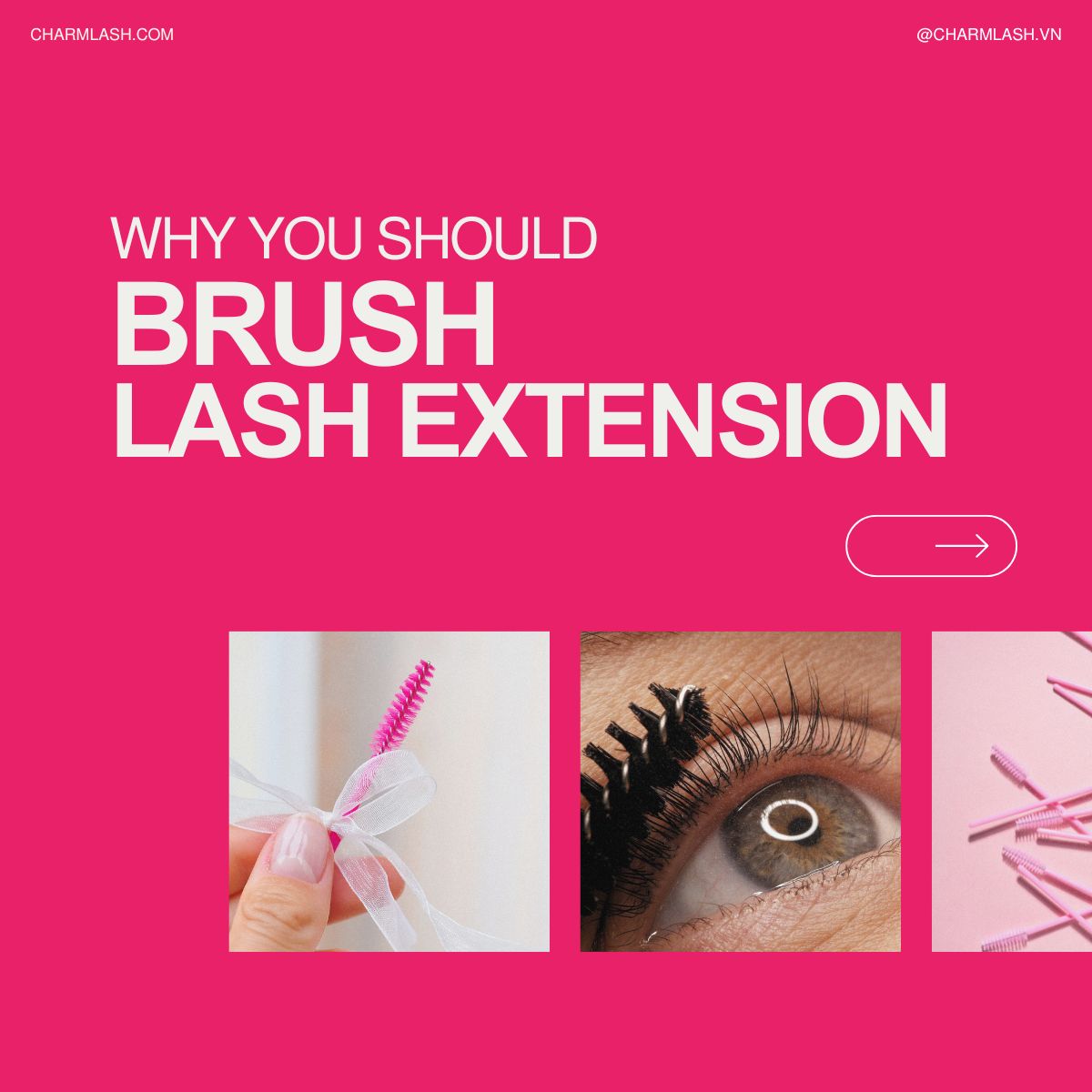Eyelash extensions offer a transformative enhancement, giving many people longer, fuller lashes and a more dramatic look. Despite their popularity, some individuals may experience an eye lash extension reaction. Understanding how to recognize these reactions, their causes, and how to manage and prevent them can help you maintain healthy eyes and enjoy your extensions without discomfort.
How to Recognize an Eye Lash Extension Reaction
An eye lash extension reaction is essentially an allergic reaction or irritation that occurs after the application of eyelash extensions. It can manifest in various ways and may differ in severity from person to person. Recognizing the symptoms early is crucial for effective management and treatment.
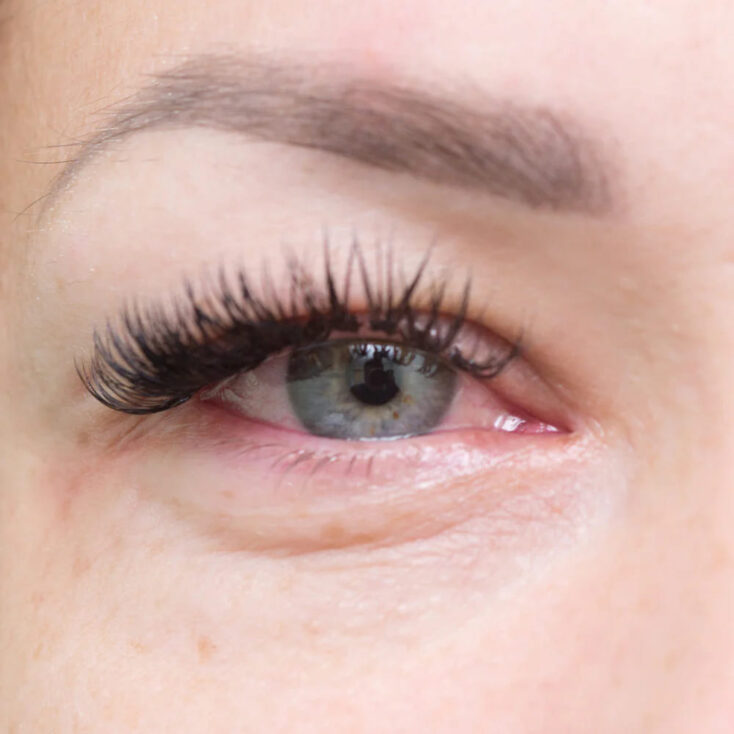
Symptoms typically associated with an eye lash extension reaction include:
- Redness: This can appear in the eyes or around the eyelids. It is a common indicator that your eyes may be reacting to the extensions or the adhesive used.
- Itchiness: Persistent itching is a frequent sign of an allergic reaction. This discomfort can be localized around the eyes or extend to other areas of the face.
- Swelling: Swelling can occur on the eyelids or in the eye area. This swelling may vary from mild puffiness to more pronounced inflammation.
- Watery Eyes: Excessive tearing may occur as your body’s response to the allergen. This can lead to further irritation and discomfort.
Understanding the Causes of Eye Lash Extension Reactions
The primary cause of an eye lash extension reaction is often the adhesive used to attach the extensions. Here’s a closer look at what might trigger these reactions:
1. Lash Glue Ingredients
Formaldehyde: Formaldehyde is not directly added as an ingredient but is a by-product that forms during the production process. It results from the decomposition of certain components in the eyelash extension glue. This is a common component in many adhesives because of its strong bonding properties. However, it is also known to cause irritation and allergic reactions. We have to note that no eyelash extension glue is entirely “formaldehyde-free.” A very small amount of formaldehyde naturally appears as the glue breaks down over time. The level of formaldehyde in Charmlash adhesives is undetectable, falling below the lowest thresholds that laboratory tests can measure.
Cyanoacrylate: Cyanoacrylate is the key ingredient that contains for large amount in most adhesives in the market. This provides a fast and secure bond but can also trigger reactions in some individuals. It may cause redness, irritation, and allergic reactions if it comes into contact with the eyes or skin. Additionally, the fumes from cyanoacrylate can irritate the eyes and respiratory system. To reduce these risks, it’s essential to use formaldehyde-free products, ensure proper ventilation during application, and conduct patch tests to identify potential sensitivities.
Carbon black: This ingredient is used to provide the deep, rich black color in many adhesives. While it helps achieve the desired appearance of the extensions, it can also be a source of irritation for sensitive clients. In this case, the best alternative for clients who have allergies to carbon black is our Invisible Lash Adhesive with superior retention up to 7 weeks!
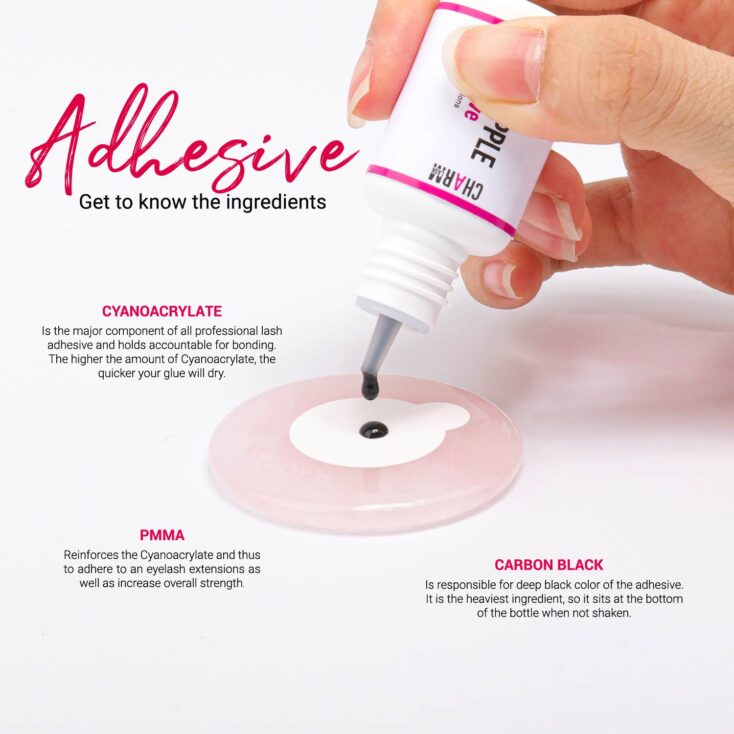
2. Glue Exposure
Direct Contact with Eyes: During the application of eyelash extensions, the glue can sometimes come into direct contact with the eyes or eyelids. This can happen if the adhesive is applied too close to the skin or if there is a mishap during the procedure. Direct contact with the glue can cause an allergic reaction, leading to symptoms like redness, itching, and swelling. Proper technique and careful application are crucial to avoid this issue.
Fume Irritation: Even if the glue does not come into direct contact with the skin, the fumes emitted during the drying process can irritate the eyes. The strong odor and chemical fume can cause discomfort, watering of the eyes, and irritation. To minimize exposure to these fumes, it is advisable to ensure proper ventilation during the application and consider using low-fume or formaldehyde-free adhesives.
3. Poor Quality Products
Harmful Ingredients: The quality of the products used in eyelash extensions plays a significant role in determining the likelihood of a reaction. Low-quality or expired eyelash extension products may contain harmful chemicals, impurities, or allergens that can trigger adverse reactions. These products may not have been subjected to rigorous safety testing and may lack the necessary quality control. It is essential to use high-quality, reputable brands that prioritize safety and effectiveness.
Expired Products: Using expired products can also increase the risk of reactions. Adhesives and other extension materials have a shelf life, and using them past their expiration date can compromise their safety and efficacy. Expired products may degrade and release harmful substances, potentially leading to irritation or allergic reactions.
4. Improper Application
Incorrect application techniques can contribute to eyelash extension reactions. Applying too much adhesive, placing the extensions too close to the skin, or not allowing sufficient drying time can result in irritation and discomfort. Additionally, poor hygiene practices during the application process, such as using contaminated tools or unsanitary conditions, can lead to infections and exacerbate reactions.
5. Pre-existing Sensitivities
Individuals with a history of allergies, sensitive skin, or other skin conditions are more likely to experience reactions to eyelash extensions. If you have known allergies or sensitivities, it’s important to inform your technician before the application. They may recommend conducting a patch test or using hypoallergenic products to minimize the risk of adverse reactions.
How Long Does Eyelash Extension Reaction Last?
The duration of an eye lash extension reaction varies depending on its severity and how quickly treatment is administered. Mild reactions may resolve within a few hours, while more severe symptoms could last several days. If symptoms persist beyond a few days or worsen, it’s important to consult a healthcare professional for further evaluation and treatment.
Treatment for Eye Lash Extension Reactions
If you experience an eye lash extension reaction, prompt treatment can alleviate symptoms and promote recovery. Here are some effective treatments and remedies:
For Mild Reactions:
- Eye Drops: Lubricating or antihistamine eye drops can help soothe irritation and reduce redness.
- Cold Compresses: Applying a cold compress to the affected area can reduce swelling and provide relief from discomfort.
- Antihistamines: Oral antihistamines can help manage allergic reactions and alleviate symptoms.
- Hydrocortisone Cream: A topical hydrocortisone cream can be applied to the eyelids to reduce inflammation and itching.
For Severe Reactions:
- Consult a Doctor: If symptoms are severe or persistent, seek medical advice. A doctor can assess the reaction and provide specific treatment recommendations.
- Avoid Rubbing: Refrain from rubbing the eyes, as this can worsen irritation and prolong symptoms.
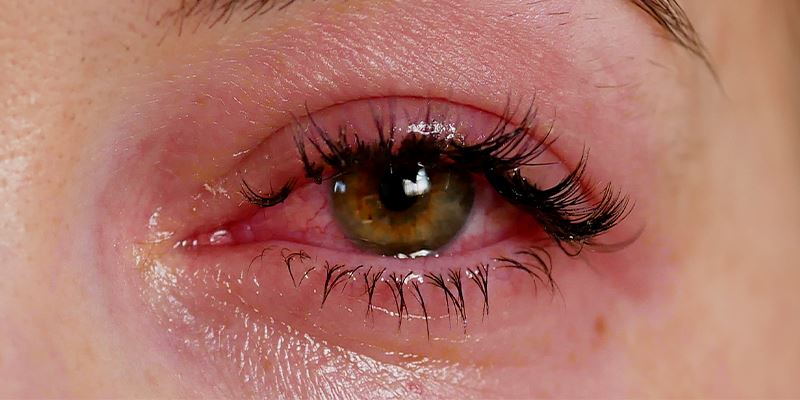
Preventing Eye Lash Extension Reactions
Prevention is key to avoiding an eye lash extension reaction. Here are some steps you can take to minimize the risk:
- Choose a Licensed Professional: Ensure that your cosmetologist is licensed and trained to apply eyelash extensions. A qualified professional is more likely to use safe and high-quality products.
- Verify Product Safety: Ask about the ingredients in the adhesive and opt for products that are formaldehyde-free. Safe products can significantly reduce the risk of allergic reactions.
- Maintain Cleanliness: Ensure that the salon where you get your extensions is clean and follows proper hygiene practices. Unsanitary conditions can lead to infections and reactions.
- Keep Eyes Closed: During the application process, keeping your eyes closed can prevent the glue from coming into direct contact with your eyes.
- Avoid Glue Fume: Minimize exposure to the fume from the glue, as they can irritate the eyes. For this case, opt for high-quality, low-fume glues like our Super Star Adhesive – 0.3s. Its formulated are low in fumes and free from harsh chemicals like formaldehyde, ensuring a safer and more comfortable experience for your clients
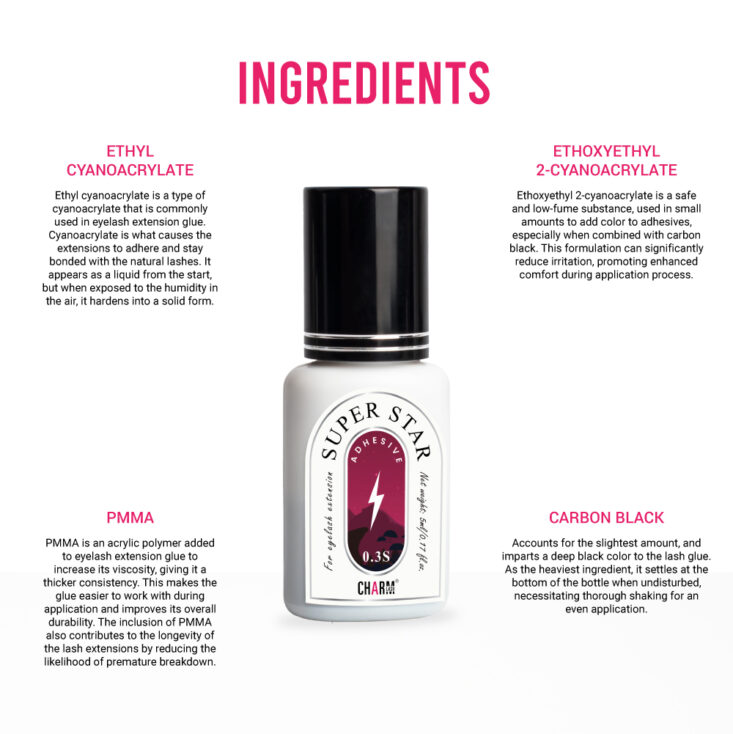
Other Possible Causes of Eye Symptoms
It’s important to note that symptoms similar to an eye lash extension reaction can also be caused by other factors. These may include:
- Environmental Allergens: Smoke, pollen, and pollution can cause eye irritation and allergic reactions.
- Cosmetic Products: Other products, such as perfumes, makeup, and skincare items, might contribute to allergic reactions or irritation.
- Seasonal Allergies: Allergies related to seasonal changes can also cause symptoms similar to those of eyelash extension reactions.
Choose Charmlash: The Best Eyelash Extension Wholesale Manufacturers for Your Business
When it comes to selecting a reliable and high-quality lash extension wholesaler for your business, Charmlash stands out as the top choice. Our commitment to excellence ensures that you receive adhesives that are not only effective but also gentle on your clients’ eyes.
Why Charmlash?
Choosing Charmlash means partnering with a top-tier wholesale distributor renowned for high-quality lash products. Our extensive range includes everything from luxurious lash extensions to cutting-edge adhesives, all crafted to meet the highest standards.
Our product is accompanied by essential certifications including MSDS, COA and FDA, ensuring comprehensive information about the safety and characteristics of the materials used. Every product not only enhances your clients’ beauty but also provides a superior application experience.
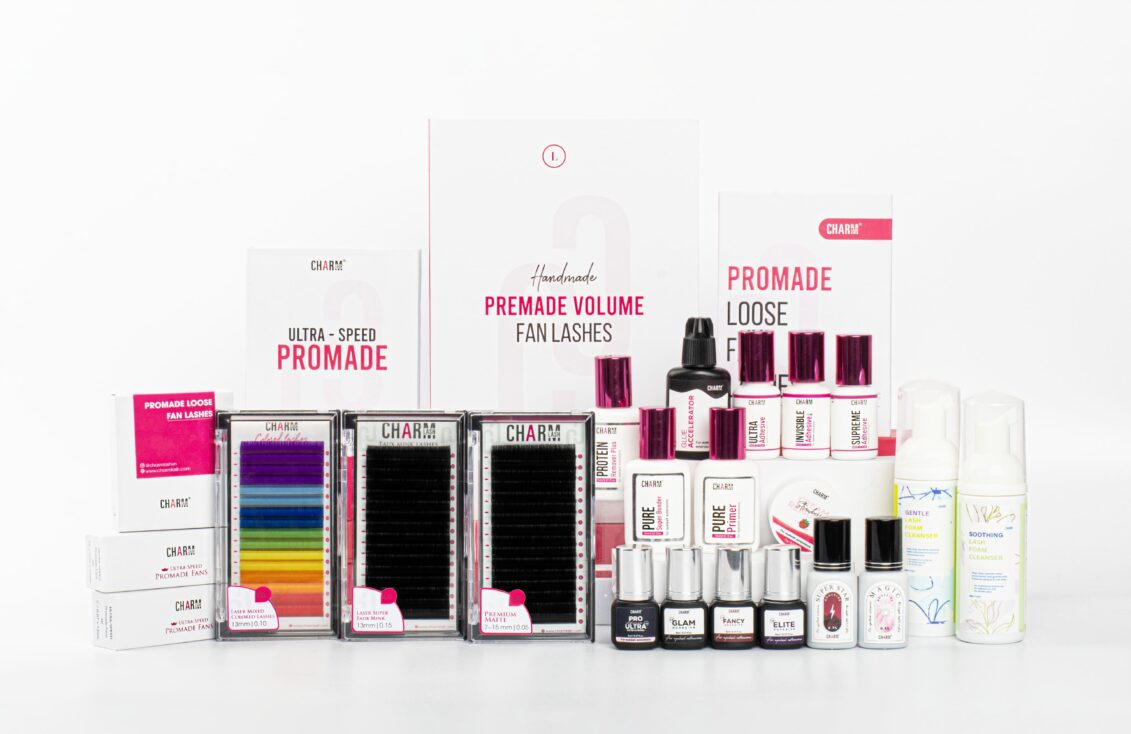
Whether you’re looking for durable adhesives or premium quality lash extensions, Charmlash offers the excellence and expertise you need to elevate your business!
Summary
Eyelash extensions can enhance your appearance, but they may also cause allergic reactions to false lashes or irritation in some individuals. Recognizing the signs of an eye lash extension reaction and understanding the potential causes can help you manage symptoms effectively.
By taking preventive measures and seeking appropriate treatment, you can enjoy the benefits of eyelash extensions while minimizing the risk of discomfort. If you experience any symptoms of an allergic reaction, remove the extensions and consult a healthcare professional for further guidance.
Follow us on Instagram for more helpful lash tips!
MAYBE YOU WANT TO KNOW MORE:
Allergic to Eyelash Glue: A Comprehensive Guide
Red eyes after lash extensions and how to treat it














